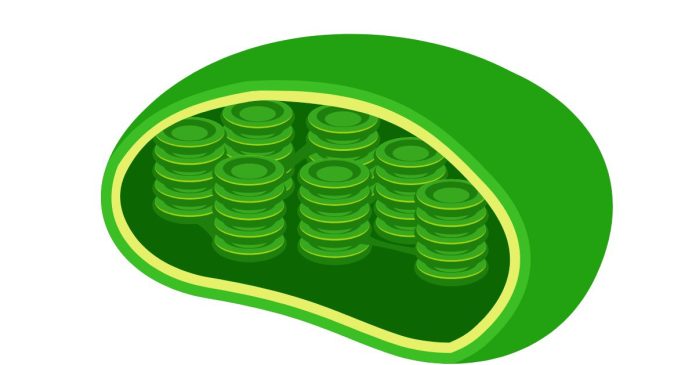Chloroplasts, found in plant cells and some algae, have two main functions:
- Photosynthesis: They capture sunlight and use it to convert carbon dioxide and water into glucose (food for the plant) and oxygen. This process provides energy for plants and sustains life on Earth.
- Energy Storage: Chloroplasts store energy produced during photosynthesis as glucose or starch, which plants use later for growth and metabolism.
These functions make chloroplasts essential for producing and storing energy, supporting plant survival and the entire food chain.


